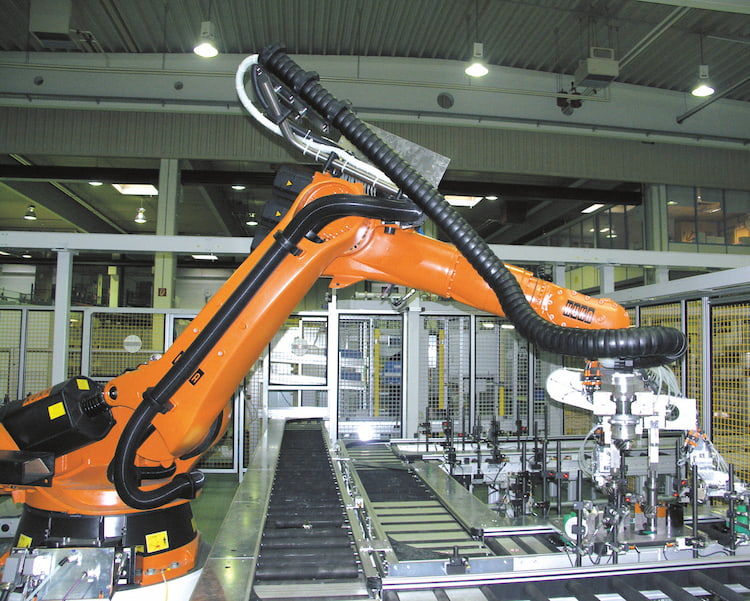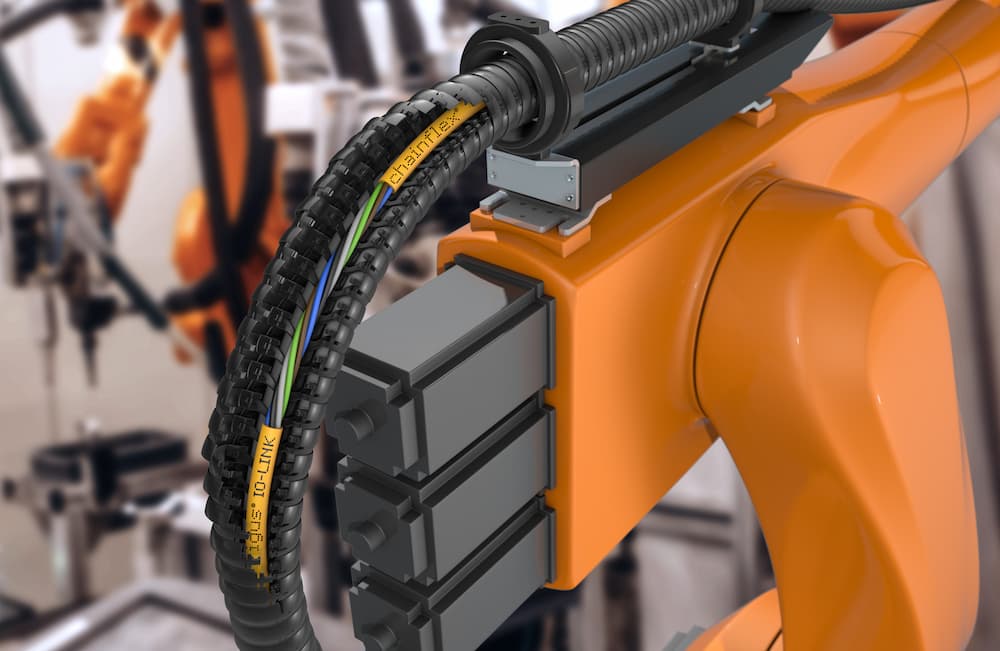A product manager and I were having a chat recently and he had a valid point, “What costs more? A cheap system that doesn’t work or an expensive one that does?†And this is a really interesting topic. We live in a throwaway society where we are used to buying cheap. When it breaks, do we attempt to fix it? No. We simply say, “Oh well, it was cheap!†and we discard it. However, when you are looking at applications with large expensive industrial robots, can we use the same mantra? Does it make sense to? In these circumstances, it is more costly to have to replace broken components as opposed to investing in quality at the beginning. How much does downtime actually cost companies? When you look at it as a comparison of hidden costs, is it worth paying extra for quality at the beginning? Massive corporations are investing heavily in automating production. They are becoming more and more reliant on robots. For more blogs on Robots, you can read them here /category/robotics/ These are not cheap to buy or maintain and cost thousands per hour when they are not working. That is what needs to be considered. Initial costs should take into account how long a system is going to work for, its service life. Users should also look at the ease in maintaining the robot and also consider how much it will cost per hour if the robot breaks. If all of these considerations are discussed at the beginning, surely spending more on quality would be the answer? For example; igus® offers a robotic energy chain for the large industrial robots. This chain protects all the cables supplying the robot with power or any media required. If these cables get damaged, this shuts the robot down. How much will that cost the company? How difficult will it be to replace the damaged cables? With the igus® triflex® R range, the chain may not be the cheapest option, but you are paying for its lifetime. It is a modular system allowing easy access to the cables, ensuring that any maintenance work required can be done quickly and easily. There are some companies that will use the cheapest solution, e.g corrugated tubing, that they can on their robots. It lasts a few months, breaks, causes downtime and gets replaced with the same cheap hose. Over 3 years, how much does that cost the company? Every time the hose fails, the robot is switched off for 10 minutes (that is a very conservative estimate) for the hose to be changed how much does that cost? Let’s say the hose is £13 per metre, you need 15 metres per robot, the customer has 10 robots and it lasts 3 months. According to the Oneserve “ if we establish that downtime is costing the company £24,000 an hour, those ten minutes are worth £4,000 and the initial investment will be repaid in only 25 days.†Source Industrial Compliance So, the cost of the hose every year is roughly £800 per robot just for the hose. PLUS, there is also the cost of the 10-minute downtime every 3 months so 4 x £4,000 per robot, totalling £16,800! And a grand total of £168,000 for all 10 robots. There will also be tangible costs to consider, but as a ballpark this is an incredible amount of money. So, what is the alternative? You can pay more at the beginning but pay less in the end. Quality and quantity. Let’s, look at the same figures, but with a superior hose option of protecting the cables. The hose is now triflex® R energy chain TRE and it is £114 per metre, you need 15 metres per robot, customer has 10 robots and it lasts 3 months. The difference here is the triflex® R will last 3 years (a theoretical service life for this example)  without needing replacing…. So, the cost of the hose per robot is roughly £1700 per robot and because the robotic chain is superior, more robust and has been designed in at the beginning by an expert, the only cost for the year is the cost of kitting the robots out at the beginning £17,000. Saving the customer £150k over the year. No tangible costs. No downtime. Back to this initial question, buy cheap, buy twice. If you pay more at the beginning for a superior product you inevitably save in the long run. For more pros and cons of hose versus triflex® R energy chains, visit the battlefield https://www.igus.co.uk/info/corrugated-tube-vs-triflex-r Steel Roller,Carbon Steel Cooling Roller,Vacuum Adsorption Roller,Alloy Steel Conductive Roller Jiangyin Mingda Rubber Roller Co,Ltd , https://www.mingdaroller.com
Quality and quantity, what costs more?

Cheap but costly.
 Expensive but cost-saving

Is it worth paying extra for quality?